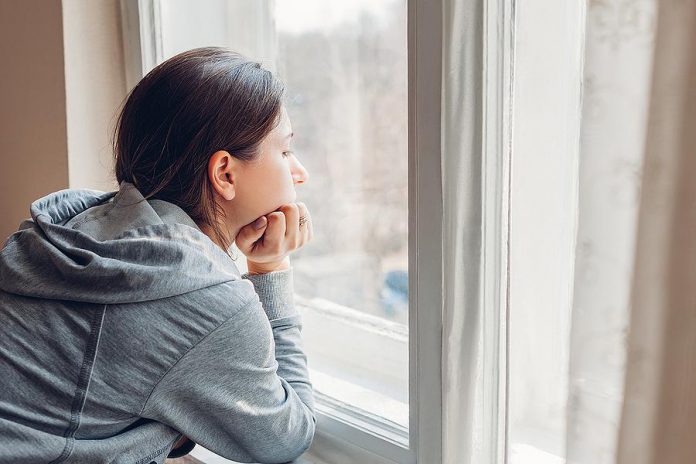The Ontario government has released the legal text of the stay-at-home order, which took effect at 12;01 a.m. Thursday (January 14).
The regulation, made under the Emergency Management and Civil Protection Act, provides further details on when you can leave your home for essential purposes.
However, the regulation doesn’t actually use the phrase “essential purposes”; instead, it defines the purposes for which it’s allowed to leave your home.
This may seem obvious, but the regulation doesn’t apply to people who are homeless. It also doesn’t apply to the outdoor parts of your home (such as your backyard) or to outdoor or indoor common areas (including lobbies) of communal residences. And it doesn’t prevent you from returning to your home when you’ve left it for an allowed purpose.
Here’s a summary of when you can leave your home according to the regulation. The actual full legal text of the regulation is provided at the end of this story.
Work, school, and child care
You’re allowed to leave your home to go to work or to volunteer, when you’re unable to do so from home.
You can also leave home to go to school (including post-secondary institutions), to obtain or provide child care, or to receive or provide training or educational services.
Obtaining goods and services
You’re allowed to leave your home to obtain food, beverages, personal care items, or health care services and medications.
You can also leave home to obtain goods and services or to perform activities related to maintaining and cleaning your home, business, means of transportation, or “other places”.
You can leave your home for curbside pickup, when you have an appointment with a business or a place that’s allowed to remain open, or when you need to obtain services from a financial institution or a cheque-cashing service.
You are also allowed to leave home to obtain government services, social services and supports, and mental health support and addiction support services.
Assisting others
You’re allowed to leave your home if you need to deliver goods or provide care or support to a person who needs it.
This includes providing care to someone in a congregate care setting (for example, if you’re an essential caregiver) and accompanying someone who needs help to make an essential trip (for example, if you need to take your elderly parent to the grocery store).
It also includes taking a child to their parent or guardian or their home, or taking a member of your household to a place they are allowed to go for essential purposes (for example, driving your child to a medical appointment).
Health, safety, and legal purposes
You’re allowed to leave your home whenever it is necessary to respond to or avoid an imminent health and safety risk. This includes protecting yourself or others from domestic violence, leaving or helping someone else to leave unsafe living conditions, or seeking emergency assistance.
You are also allowed to leave your home to exercise, including walking or moving around outdoors using a assistive mobility device or using an outdoor recreational amenity that’s allowed to be open. The regulation doesn’t mention other forms of exercise (such as running, cycling, or hiking) but it doesn’t exclude them either. Walking the dog is allowed in a later section.
You can leave your home if you have to attend a place as required by law or for a purpose related to the administration of justice. You can also leave your home to exercise a recognized Aboriginal or treaty right.
Multiple residences and moving
You’re allowed to leave your home to travel to another residence if you are going there for one of the purposes allowed in the regulation, but only if you are staying at the other residence for less than a day.
You can also travel to another residence if you’re going to stay there for at least two weeks. For example, if you leave home to visit your cottage for purposes other than maintenance, you would have to stay there for two weeks.
You can travel between your home and those of parents, guardians, or caregivers if the person is under your care.
You can also leave your home if you’re making arrangements to buy or sell a home, or making arrangements to begin or end a residential lease. Finally, you can leave your home if you are moving residences.
Travel
Even though the government is recommending against travel outside the province, you can leave your home if you are going to an airport, bus station, or train station for the purpose of travelling to a destination outside of the province.
The regulation doesn’t say it’s allowed to leave your home to go to to an airport, bus station, or train station if you are travelling within the province.
Gatherings
You’re allowed to leave your home to attend a permitted wedding, funeral, or religious service, rite or ceremony, or to make the necessary arrangements for one.
If you live alone, you’re also allowed to leave your home to gather with members of one other household.
Animals
You’re allowed to leave your home to obtain goods and services for the health and safety of an animal (including veterinary services), to obtain animal food or supplies, or to walk or exercise an animal.
You’re allowed to leave your home whenever it is necessary to respond to or avoid an imminent health and safety risk to an animal, including protecting an animal from abuse.
PDF: Ontario Regulation – Stay-at-Home Order
Ontario Regulation - Stay-at-Home Order
This PDF is also available for download from the Ontario government website.



























